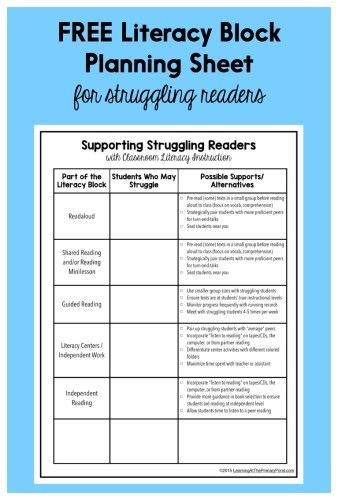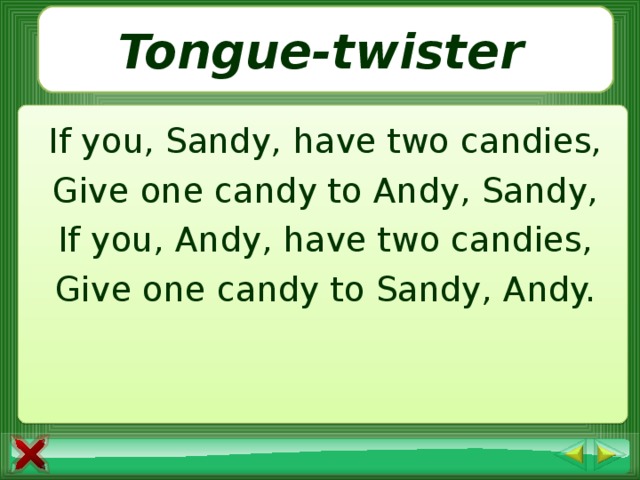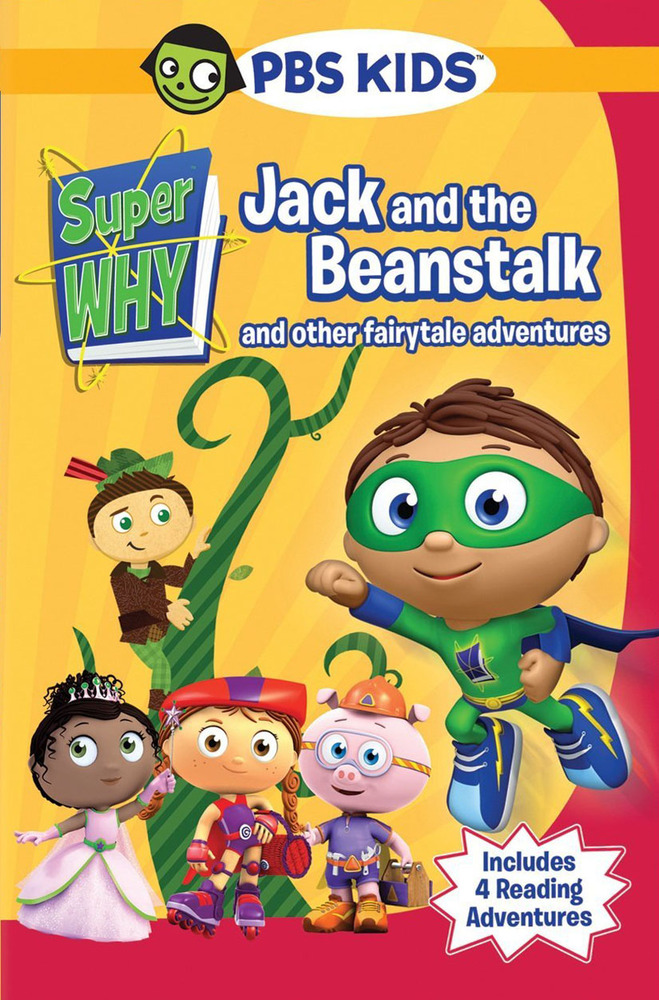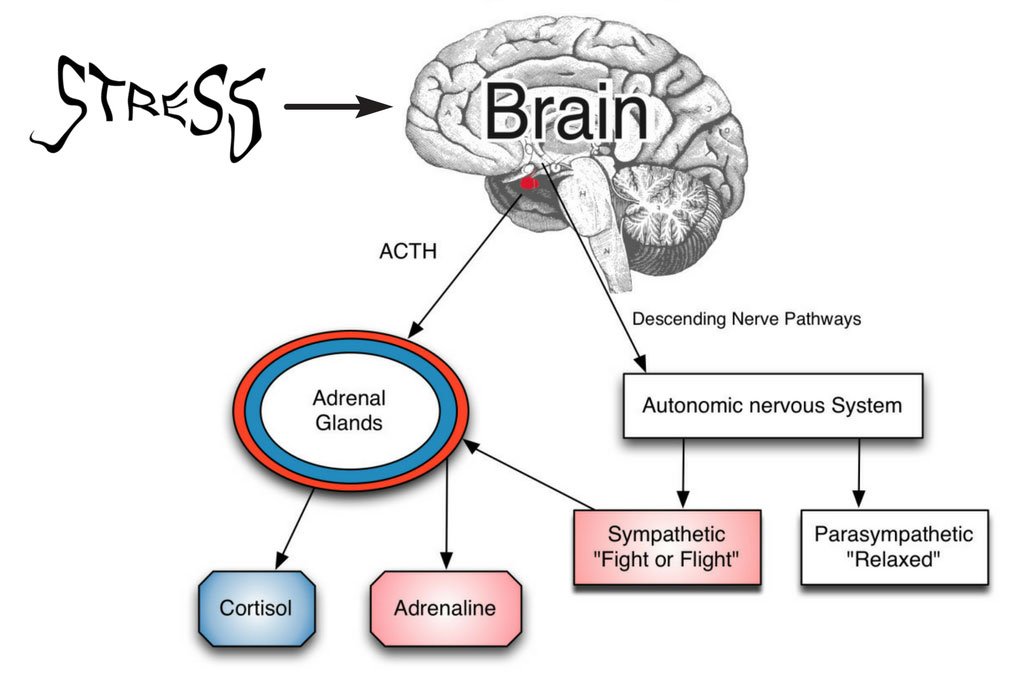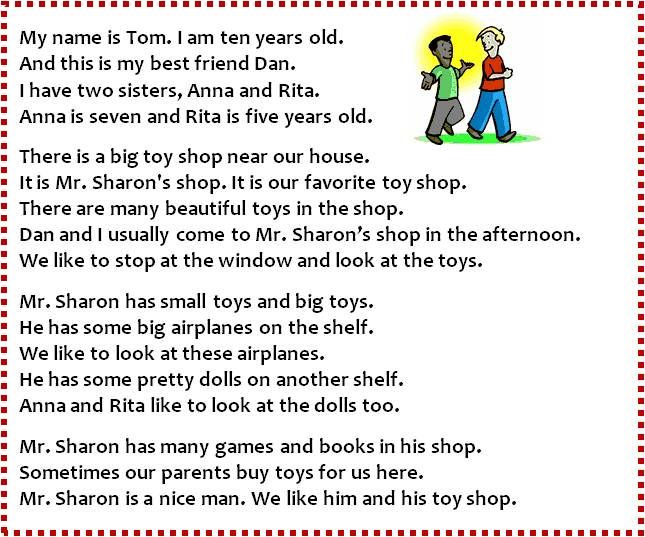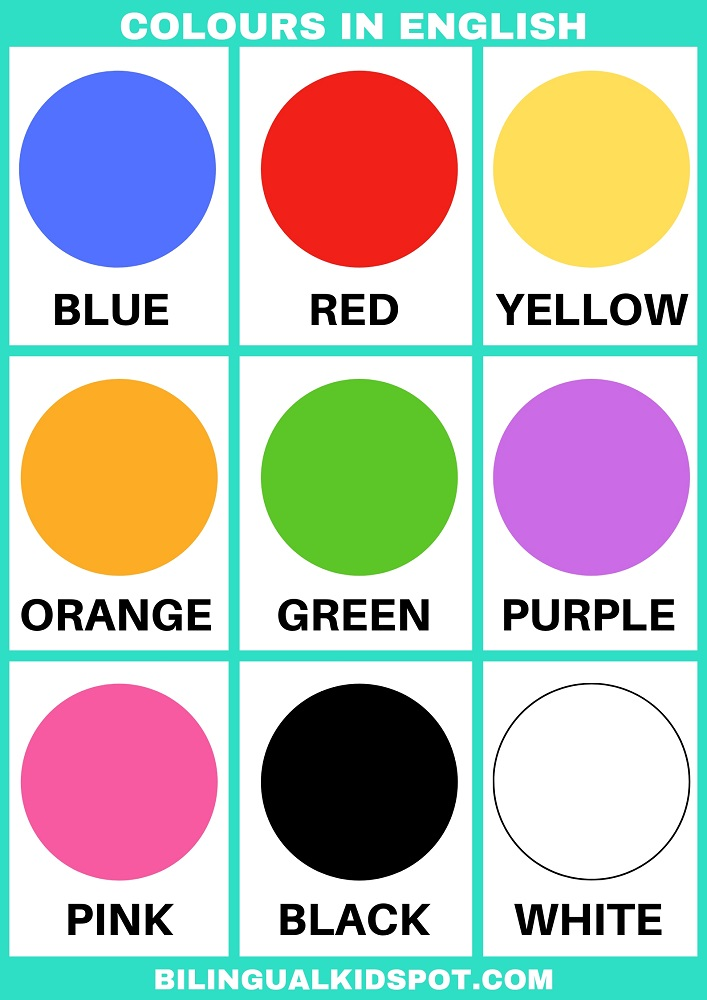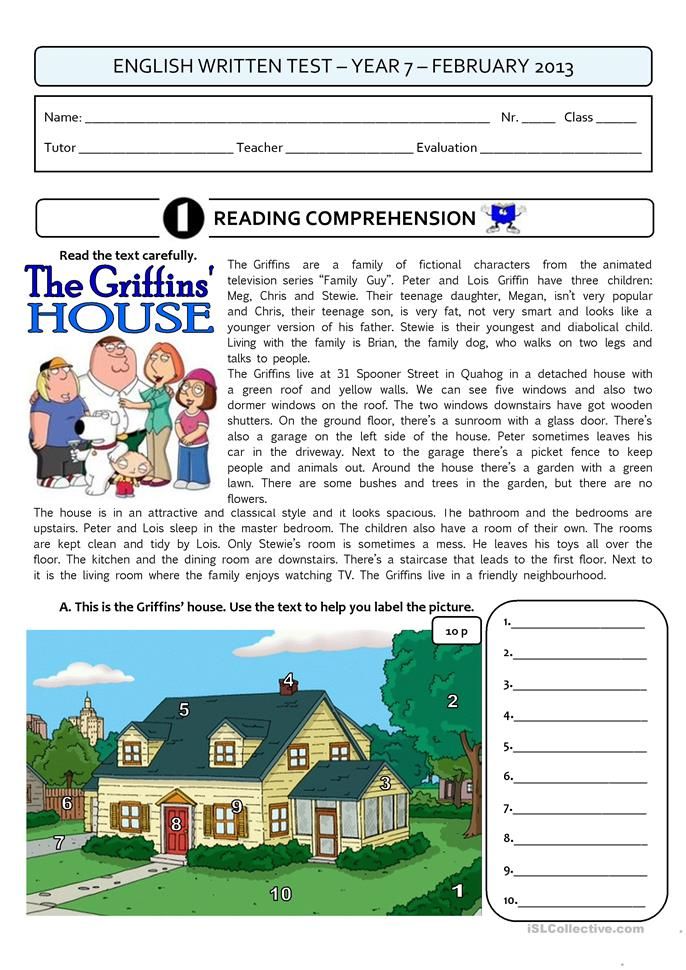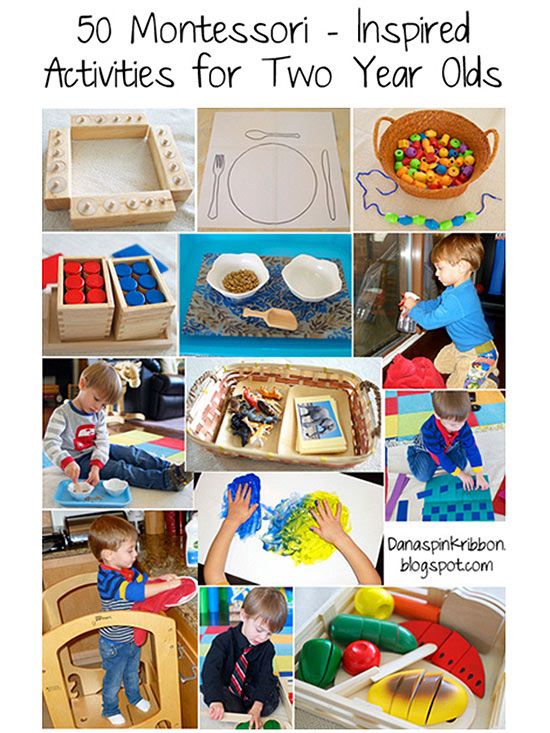Vocabulary strategies for struggling readers
Five Research-Based Ways to Teach Vocabulary
Did you know that typically, only 5% to 10% of instructional time is devoted to vocabulary instruction, yet students, especially struggling students and English learners (ELs), need between 12 and 14 exposures to words and their meanings to fully learn them (Durkin, 1978/79; Roser & Juel, 1982; Scott, Jamieson, Noel, & Asslin, 2003)? Teaching the meanings of important words before learning new content activates students' background knowledge and prepares them for learning and comprehending. In other words, teaching vocabulary provides the “Velcro” for new information to “stick to.”
What Research Says About Effective Vocabulary Instruction
Vocabulary instruction must be explicit.
Explicit vocabulary instruction includes an easy-to-understand definition presented directly to students along with multiple examples and nonexamples of the target word, brief discussion opportunities, and checks for understanding.
Vocabulary instruction must include multiple practice opportunities for using words within and across subjects. That is, instruction must be extended over time with opportunities for students to hear, speak, read, and write words in various contexts. This builds students’ breadth and depth of vocabulary knowledge.
Vocabulary should be taught schoolwide and across all subject areas. Each subject has a unique set of vocabulary terms, and students need to know their meanings and how to use them in various contexts.
Word Selection
Instructional time is precious, and teachers are not able to address every unknown word students might encounter, so careful word selection is key. When deciding which words to target for explicit instruction, consider words that are
- essential to understanding the main idea of the text or unit,
- used repeatedly or frequently encountered across domains, and
- not part of students’ prior knowledge.
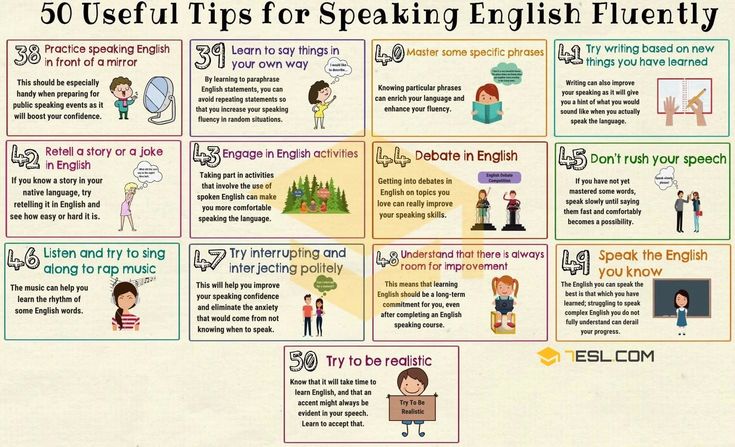
ELs may require even more careful word selection and extensive vocabulary instruction because they may be learning conversational language and academic language at the same time. Colorín Colorado provides additional information about selecting vocabulary words to teach ELs.
Some of Our Favorite Vocabulary Instructional Activities for ALL Content Areas
The five activities described below are effective ways to teach vocabulary for all students, but especially for struggling students, students with learning disabilities, and ELs.
1. Essential Words Routine
Teachers use a simple graphic organizer to preteach the meanings of important words in about 5 minutes per word. During this routine, teachers introduce target words with definitions, visual cues, and examples. Students engage in immediate practice using the words through collaborative student turn-and-talk activities.
Resources- Vocabulary Maps Toolkit from Middle School Matters
- Reading Instruction for Middle School Students: Developing Lessons for Improving Comprehension (see page 11)
2.
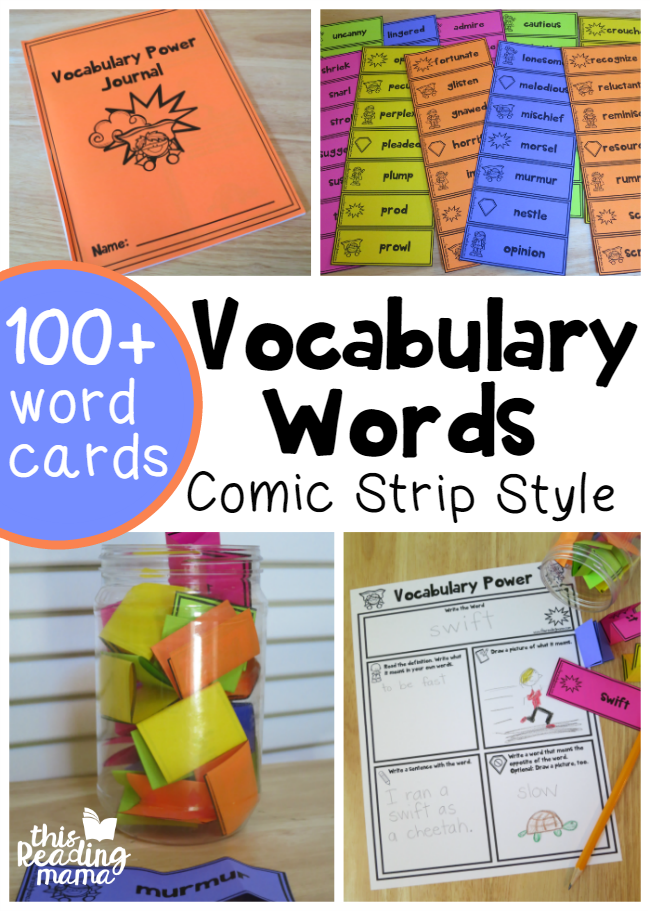 Frayer Model
Frayer ModelOne way to have students extend their knowledge of important words is through a Frayer model. This graphic organizer builds vocabulary and conceptual knowledge across content areas. The strategy requires students (not the teacher) to define a vocabulary word and then list its characteristics, examples, and nonexamples. Frayer models can be completed in collaborative groups using textbooks and other subject-matter materials while the teacher circulates around the classroom and assists students.
Resource
Online module, examples, and templates from the IRIS Center
3. Semantic Mapping
Semantic maps visually display and connect a word or phrase and a set of related words or concepts. Implementing semantic map activities in your classroom will help students, especially struggling students and students with learning disabilities, recall the meanings of words and understand how multiple words or concepts “fit together.” Teachers will find that using a semantic map, combined with explicit instruction and practice opportunities, is an effective way of expanding students’ vocabulary and supporting their content knowledge.
Resources
- Introduction to semantic maps and sample lesson plans from the Developers of PowerUp What Works
- Semantic mapping teaching strategy guide from PowerUp What Works
4. Vocabulary Review Activities
Multiple opportunities to practice using new words is an important part of vocabulary instruction. In previous TCLD research studies, brief review activities were built into novel unit lesson plans to help students practice (and remember) the meanings of important words. Each of these activities takes 5 to 10 minutes and is easy to prepare.
- Partner Review Routine: Partners work together to quickly review words learned the previous day.
- Sentence Review Routine: Partners create sentences using words assigned by the teacher.
- Examples and Nonexamples: The teacher tells students scenarios or shows pictures and students respond chorally to each scenario, indicating whether it is an example or nonexample.
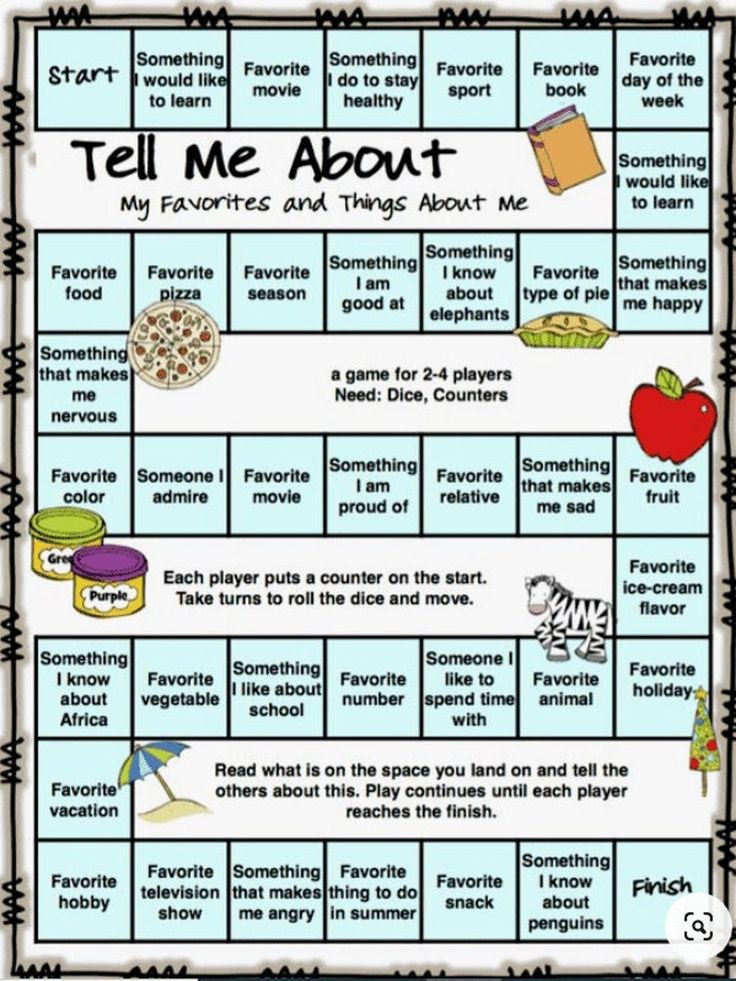
- What Word Fits? The teacher asks a question and student partners hold up an index card with the word that fits or answers the question.
Resource
Each activity is described in more detail beginning on page 33 of the TCLD booklet Reading Instruction for Middle School Students: Developing Lessons for Improving Comprehension
5. Morphemic Analysis Routine
Explicit instruction of words is important, but it is impossible to teach all the unfamiliar words students will encounter. One way to help students develop strategies for approaching unfamiliar vocabulary is to teach morphemes (prefixes, roots, and suffixes). Students can be taught the following morphemic analysis routine to help them engage in independent word study.
Resource
Learn more about the morphemic analysis routine by reviewing this online learning module from the Texas Adolescent Literacy Academies.
Have questions? Feel free to drop us a line!
Multisensory Vocabulary Instruction: Guidelines and Activities
By: Susan Jones
Vocabulary is a weak area for many students, but much "vocabulary instruction" ends up being handwriting practice.
Edwin Ellis and Theresa Farmer describe the situation eloquently in the introduction to their clarifying strategy to teach vocabulary. To quote:
When you think of vocabulary, there is a good chance that you think of long lists of words from social studies or science textbooks, spelling word lists, or even the humongous lists of terms to study for college entrance exams. Zillions of flash cards also may come to mind. No doubt you share the common childhood experience of having to "go look up the words in a dictionary, write the definition, and then write a sentence using the term" – but how much of that vocabulary do you remember now?
In other words, many of the traditional techniques teachers and students use to learn vocabulary does not work because most students, not just those with learning problems, rarely remember the meanings of new terms beyond the test. This raises a very disconcerting question: If students don't remember the definitions of new terms after the test, why bother requiring them to memorize those definitions in the first place since it seems to be a waste of time?
Given a list of words to learn, many students will complete the assignments given, but will not have the time to actually learn what the words mean.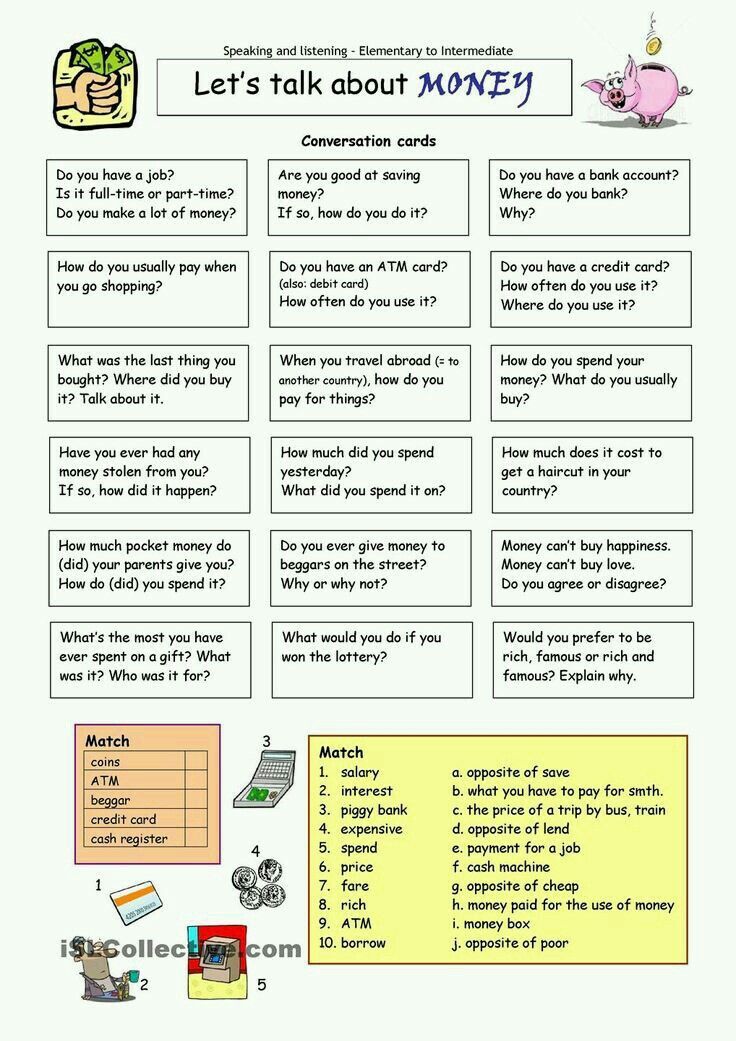 "Vocabulary enrichment" becomes yet another set of compartmentalized pieces of information that a student is "exposed to," tries to spit back on a test, and forgets.
"Vocabulary enrichment" becomes yet another set of compartmentalized pieces of information that a student is "exposed to," tries to spit back on a test, and forgets.
Developing vocabulary as part of knowledge structure requires much more energy and focus than memorizing terms. Many students will have habits of passivity that will need to be broken. Others will be convinced that these aren't words people normally use, even if in fact they've heard them many times before – but didn't remember because there was no meaning attached to the word.
Keep in mind, also, that there is more to developing vocabulary and language comprehension than learning new words. Some other skills to consider at the single word and phrase level are:
- figures of speech,
- confusing words such as "indifferent,"
- words with multiple meanings, and
- "signal" words such as but, however, and while.
Guidelines
- Have structure and organization behind the words you present
Rather than randomly selected words "at their grade level," present words in related groups.
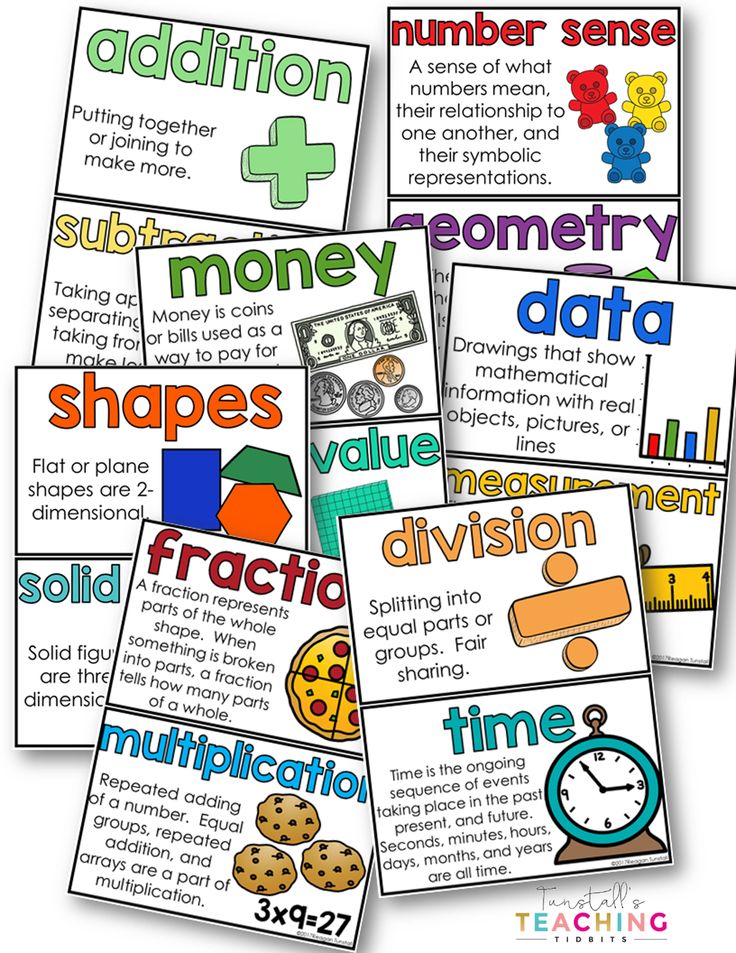 Examples: Present words about feelings, and make a poster with the students, with different words to describe being "afraid" or "happy." Students can discuss the degrees of emotion (is terrified more than nervous or anxious, ecstatic better than pleased), and the differences between the words (how is snicker different from guffaw, terrified different from horrified?). Another option is to study word parts: have the students learn that ject means throw, and then tackle projectile, reject, and trajectory.
Examples: Present words about feelings, and make a poster with the students, with different words to describe being "afraid" or "happy." Students can discuss the degrees of emotion (is terrified more than nervous or anxious, ecstatic better than pleased), and the differences between the words (how is snicker different from guffaw, terrified different from horrified?). Another option is to study word parts: have the students learn that ject means throw, and then tackle projectile, reject, and trajectory.An advantage to grouping words this way is that it lends itself to individualized instruction. Students can all be tackling words from the big ject list – but one student may be learning subjective and abject while another learns project and projectile. (As with any strategy that differentiates between students, you will need to deal with the "why is he doing something different" issues and determining how and how much to differentiate – but with these activities the differences between students are not as obvious.
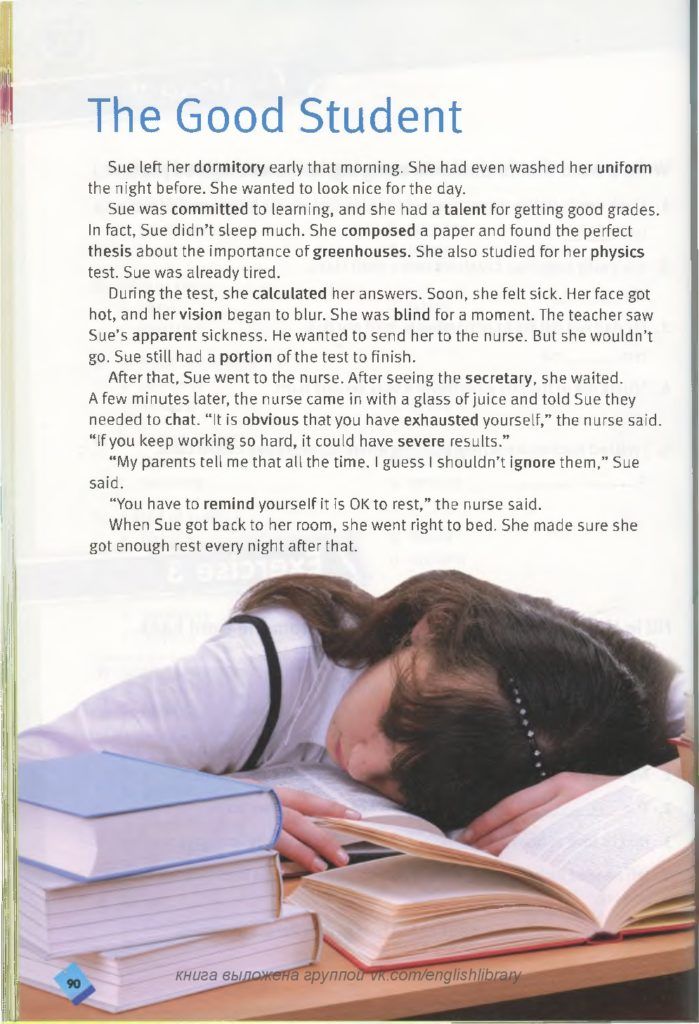 )
) - Incorporate multisensory learning from the beginning
Many students gain a lot if an illustration or demonstration is presented first. Later, when the word is used or its meaning discussed, they have an image to associate it with, and are more likely to learn from the discussion as well as from the visual presentations.
- Model the activities first
Demonstrate these activities with vivid, familiar words first. Once you've modeled an activity with a word, do it with student input next, and finally, have the students do it on their own – perhaps in groups before working individually.
- Most work with vocabulary should be done with the meanings available
If the activity involves expressing the ideas in a different form than the definition, then the student has to think about the meaning and interpret it. If the student doesn't use the right meaning, they're worse than wasting they're time; they're learning the wrong things.
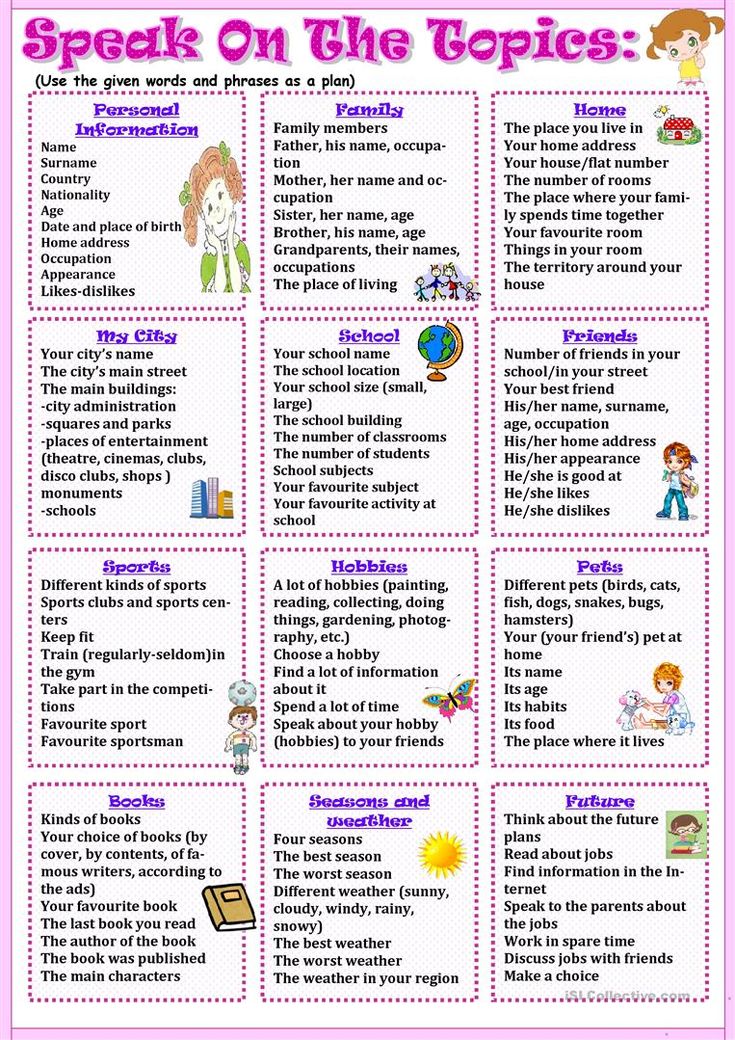 In addition, students may commit a simplified meaning to memory, but if they have a more developed definition they will be able to think about that and use it.
In addition, students may commit a simplified meaning to memory, but if they have a more developed definition they will be able to think about that and use it. - Keep an ongoing list prominently posted
If the words are visible and accessible to students, they are more likely to see them, think about them, and use them. It's up to you to remember to take the lists down when you give tests or quizzes, unless you are using word banks already. (Don't rely on a list on the board as a word bank, however; some students have significantly more trouble reading or writing from a distance than from the paper they are working on.) If you've got different students learning different words, put them all up there, but be sure each student knows which words s/he is responsible for knowing.
- Go beyond the definitions of the words
Include the connotations of the words and the ways they are most likely to be used. Don't limit this exploration to the "discussion" of words.
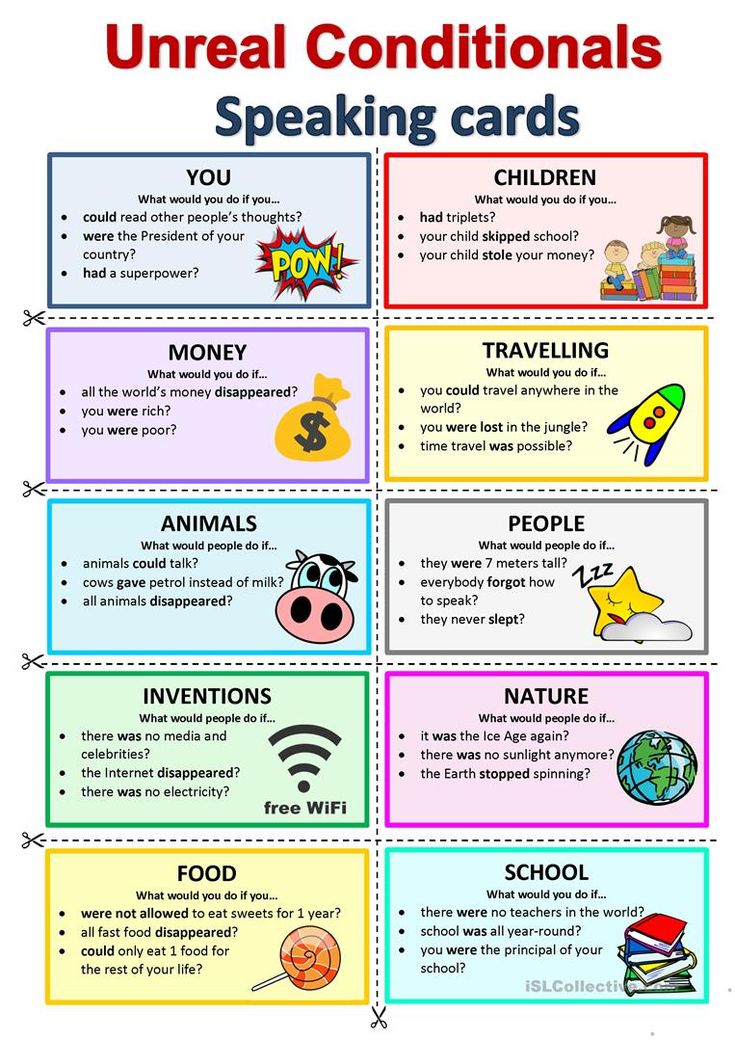 When students are drawing or acting out words, encourage them to incorporate the connotations or the more subtle aspects of the meanings of the words.
When students are drawing or acting out words, encourage them to incorporate the connotations or the more subtle aspects of the meanings of the words.
Activities
- Illustrate the words
Show pictures or video clips that demonstrate the meaning of a word. Have students draw and label something illustrating the meaning of the word. This is not limited to concrete nouns – a grim expression, a contemplative person, or absurd conduct can also be drawn. The labels explain how the word and drawing fit. Drawing skills are not important; stick figures with accurate labels can succinctly express an idea as well as finely crafted caricatures. The infamous "flashcards" can be made more meaningful with illustrations, as well. Be sure, though, that the student doesn't replace an abstract idea with a concrete example of it. This can be done by showing different ways that the idea is expressed and having the students discover what makes them valid illustrations – for instance, could news be grim? How?
- Play "Quick Draw"
This doesn't have to be competitive, but it can be.
 See how quickly students can convey the essence of a words meaning on the board – without words. This works especially well with words describing visual concepts, like many geography terms. Again, make sure students don't oversimplify things – if you play this game repeatedly, make sure the students are using different ways to draw the words.
See how quickly students can convey the essence of a words meaning on the board – without words. This works especially well with words describing visual concepts, like many geography terms. Again, make sure students don't oversimplify things – if you play this game repeatedly, make sure the students are using different ways to draw the words. - Play "vocabulary charades"
Have students draw a word from a hat and act it out.
- Give credit for finding the word used in the real world
Provide extra credit if a student hears or sees a vocabulary word anywhere outside of the vocabulary exercises. To get the points, the student has to write down the word, what it means, and where s/he heard it. Sometimes the students will purposely use the words so someone can say they heard it – which just means they are incorporating it into their oral vocabularies.
- Use the words yourself
That prominently posted list can be your cue to slip words into other classwork or discussions.
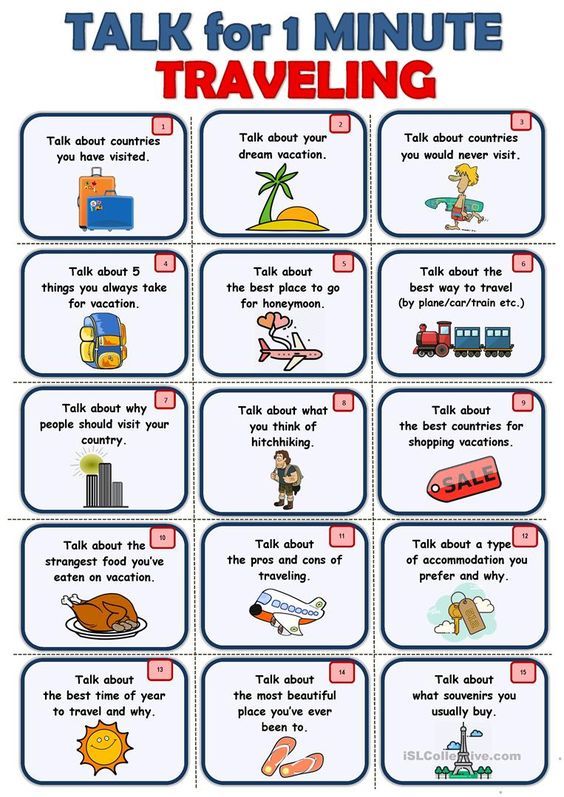 Students may not even need the incentive of extra credit to start listening for them.
Students may not even need the incentive of extra credit to start listening for them. - Have students answer questions that use the words
For example: "What are three ways you could tell a person had just received grim news?" "What are three things an impertinent person might say?" "What are three things that would disconcert you?" Doing this while the student has the meaning available gives the opportunity to process the meaning instead of guessing at an answer.
- Have students generate examples and non-examples for words
This can be done with visual or kinesthetic illustrations as well as verbal descriptions. Have students explain whether something is a good example of a word or not, and why they think so. For most groups, this activity should be practiced with familiar, concrete words first. It can be used to lay a solid foundation for "comparing and contrasting" and defending ideas in essays, especially if you encourage the students to use precise language and good sentences.

When you ask students to generate examples, if someone comes up with a "wrong" answer, it can be used as "a good non-example" to help clarify the meaning of a word. Remind students that learning is not about proving what you already know, but about asking questions to change what you don't know into what you do know.
- Use "fill in the blank" exercises before you expect the students to use the words in sentences themselves
This is also a good way to test students, or to make the transition between working with the definitions available and recalling what the words mean on their own. Have a word bank with five vocabulary words and five sentences with blanks, and have the students decide which word goes in which blank. Your challenge will be constructing sentences which only match with one word, so small groups of words are better. These exercises are also opportunities for you to give a wider scope to a word, and discuss how that word fits into a sentence that the students might not have considered.
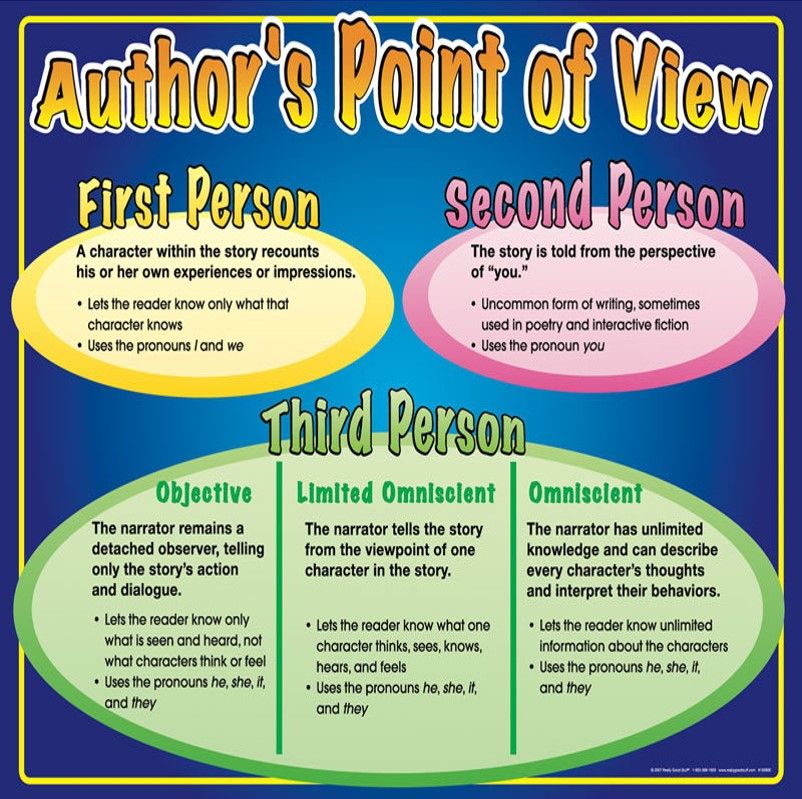
- Compose with the words
Only after a student has heard and read a word used correctly many times should s/he be expected to compose something original with the word. This can be a fun class activity, though, once a sizable list has accumulated. Students can take turns picking words from the list to add a sentence to an ongoing story – students will get a chance to hear the words they weren't sure of used by other students, and the sentences can be revised if the words are not used correctly. Eventually, students may enjoy composing absurd tales using the words.
Reprinted with permission from The Resource Room (www.resourceroom.net)
Related Topics
Vocabulary
New and Popular
Cracking the Code: How and Why Big Horn Elementary School Went All-In with Structured Literacy
Print-to-Speech and Speech-to-Print: Mapping Early Literacy
100 Children’s Authors and Illustrators Everyone Should Know
A New Model for Teaching High-Frequency Words
7 Great Ways to Encourage Your Child's Writing
Screening, Diagnosing, and Progress Monitoring for Fluency: The Details
Phonemic Activities for the Preschool or Elementary Classroom
Our Literacy Blogs
How Do You Know If It Really Is the Science of Reading?
Kids and educational media
Meet Ali Kamanda and Jorge Redmond, authors of Black Boy, Black Boy: Celebrating the Power of You
Get Widget |
Subscribe
Working with vocabulary words
How many times have they told the world, but things are still there .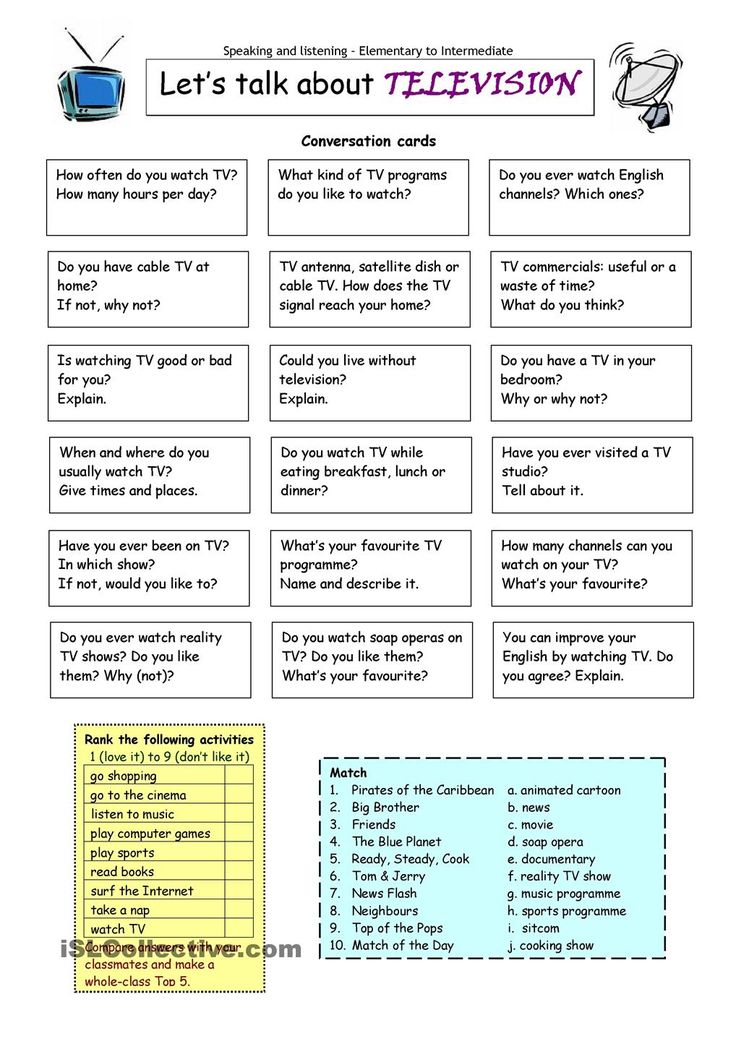 ..
..
These familiar phrases from Krylov's fables are the best way to characterize the futility of efforts to overcome errors associated with dictionary words that are written either in accordance with the tradition of the native language, or retain spelling by origin.
There are many words that are not checked by the rules, their spelling defies any logic. You need to memorize dozens of words and constantly work with a spelling dictionary.
A small example: a student asks the teacher what to do if the word she is looking for is not in the dictionary. When the worried teacher still finds that very word in the dictionary, it turns out that the girl was looking for “panarama” instead of the word “panorama”.
How to make it easier to memorize difficult words? You can, of course, distribute lists of vocabulary words arranged alphabetically or grouped thematically for memorization. But will such long lists bring real benefit, will they not scare the student away with their number?
It is necessary to use proven methods of working with vocabulary words, to flexibly use the motivation system, game methods that make it easier for children to memorize difficult words.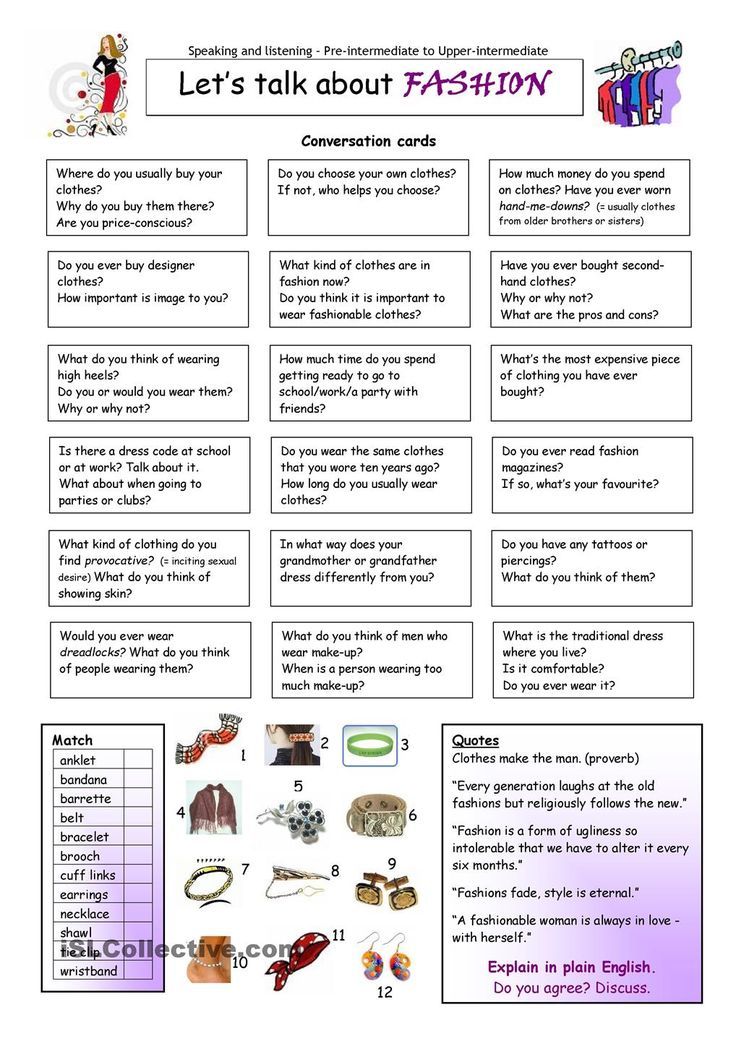 You can prepare cards on which words with unverifiable spellings would be written. According to research, in order for a word to be imprinted in the memory of a child, so that its spelling is automatically correct, it is necessary to use this word many times in written speech.
You can prepare cards on which words with unverifiable spellings would be written. According to research, in order for a word to be imprinted in the memory of a child, so that its spelling is automatically correct, it is necessary to use this word many times in written speech.
Many unverifiable spellings that are considered traditional can actually be verified based on knowledge of etymology and historical changes in the phonetics of the Russian language: "kissel" - from "sour", "pilgrim" - from "palm".
Fill in the missing letters, determining the origin of the words: p_tukh, m_tezh, kl_veta, p_sets (fur-bearing animal), k_leya, sub_thread, k_pyto, heal_pour, p_yavka, k_style, protector, black, contemplate, pr_stynya, b_lie.
Prompt words: sing, crush, bite, dog, stake, rank, soot, whole, drink, bone, shelter, black, mirror, simple, white.
Some of the words contain the full vowel -oro-, -olo-. Compare pairs of words:
dust - gunpowder, temple - mansions, drag - drag, darkness - haze, transformation - coup, youth - junior, well - well, captivate - flood, wood - tree, store - bury.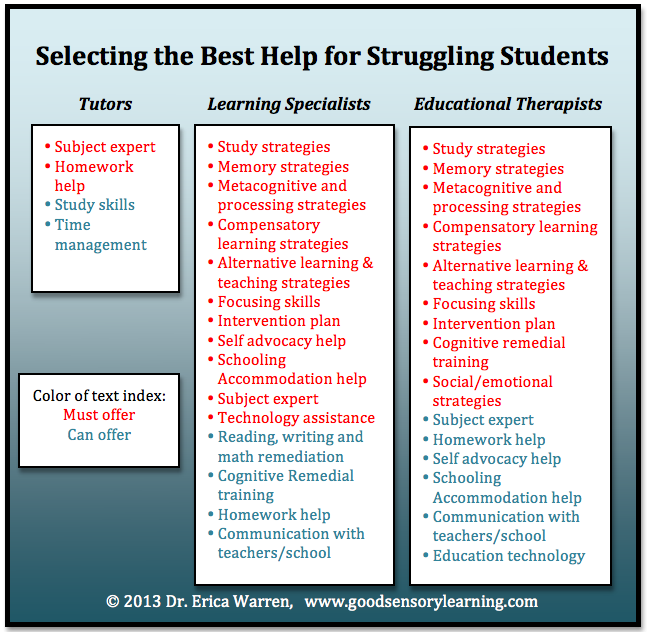
In these pairs, the first word is obsolete, Old Church Slavonic in origin. The second word contains a Russian full vowel.
Repeated repetition will be more productive if children do not receive these words in finished form, but make their own efforts to memorize. The imposition of words for rote learning is contrary to the natural living language development of a growing person. Children themselves invent games that require the ability to quickly and accurately find the right words.
If a group of words entered at a time is united by one feature (common root, combination of letters or meaning), words are usually better remembered. Sports theme: training, coach, athlete, stadium, start, finish, final, relay race, sports and athletics, olympiad, record, champion.
In order for a schoolchild to be able to successfully memorize vocabulary words, it is necessary to teach him to connect visual, auditory and speech-motor memory to this type of work.
This is what an instruction for memorizing words might look like.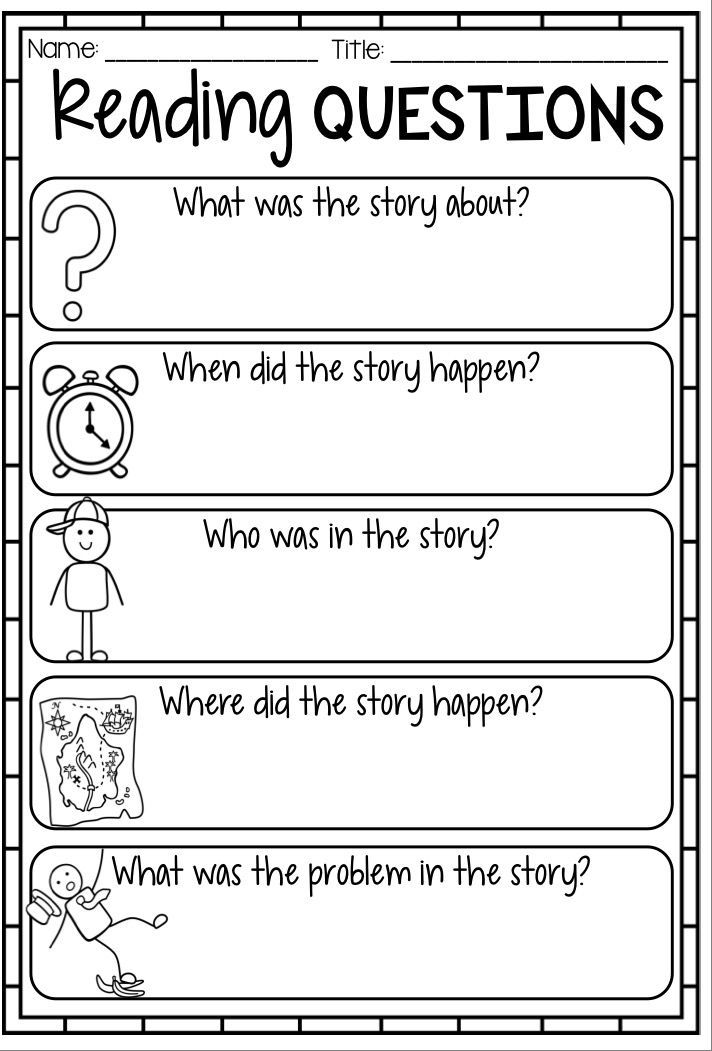
• Look at the word, represent it in a symbolic form, create a picture of it.
• Speak it in syllables, pronouncing each sound clearly. Like this: pro-fession, in-tel-li-gen-tion, ik-art-stven-ny.
• Write them down from memory and then check yourself.
Many unexpected and absurd errors arise because schoolchildren do not peer into the literal composition of the word, "do not see point-blank" how it is spelled. And such an independent search for words makes them analyze, think over, consider a large number of words. The active nature of the work provides a higher level of memorization and free word usage in the future.
If a child spells a word incorrectly once, he will remember it visually, and the hand will fix an incorrect graphic image of the word. It will be deposited in memory so firmly that it will not be possible to immediately eliminate the error. The writing person should listen well and hear what the teacher says or what he says to himself.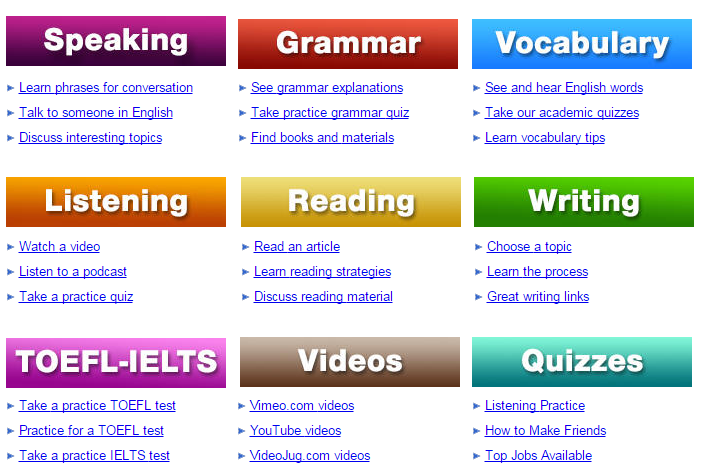 Therefore, it is necessary to develop phonemic awareness. The vocabulary word must be pronounced clearly, and several times aloud.
Therefore, it is necessary to develop phonemic awareness. The vocabulary word must be pronounced clearly, and several times aloud.
Any spelling skill can only be achieved with the help of exercises, that is, with the rhythmic movement of the writing hand. That is why it is necessary to write as much as possible in the lesson. The hand itself, moving along the line, creates a graphic image of a particular word, "remembers" and then writes it automatically.
Spelling vigilance develops gradually, in the process of various activities, when reading, when writing dictations, when copying, if it is complicated by appropriate tasks.
Once a quarter or half a year, you can conduct control vocabulary dictations in grades 5-11.
Vocabulary dictation volume: for grade 5 - 15-20 words, for grade 6 - 20-25 words, for grade 7 - 25-30 words, for grade 8 - 30-35 words, for grade 9 - 35-40 words , for grades 10-11 - up to 70 words.
When evaluating the control vocabulary dictation, it is recommended to be guided by the following:
"5" is given for a dictation in which there are no errors.
"4" is given for the dictation, in which the student made 1-2 mistakes.
"3" is given for a dictation in which 3-4 mistakes are made.
"2" is given for a dictation in which 5 or more mistakes are made.
We offer control vocabulary dictations that we use in our practical work. These dictations consist, in general, of the most famous and most used words. And it doesn’t matter what textbooks the children use.
For each parallel of grades 5-8, two sets of vocabulary words were compiled. Choose one for the middle of the year and the other for the end of the year. We also offer a printable text file with a table to analyze the control vocabulary dictation.
Grade 5
Vocabulary dictation
20 words
Computer, goodbye, hello, please, planet, feel, art, panorama, tram, landscape, character, expression, conductor, incident, legend, station, here, lantern, zoo, temperature.
___________________________________________________________________
Analysis of grade 5 errors____ Teacher ____________
Total in the class ______, did the work ______
At "5" - ______, at "4" - _____, at "3" - ______, "2" - ______
Grade 5
Vocabulary dictation
20 words
Probably stadium, please, profession, computer, guitar, piano, tasteless, nature, adventure, chocolate, horizon, ticket, exam, giant , route, bike, apartment, optimist.
___________________________________________________________________
Analysis of grade 5 errors____ Teacher ____________
Total in the class ______, did the work ______
At "5" - ______, at "4" - _____, at "3" - ______, "2" - ______
6th grade
Vocabulary test
25 words
Blessing, admiral, teach, illustrations, platform, plain, horizontal, millimeter, image, hurricane, patriotic, please, thank you, bye, scale parallel, omen, purple, pool, valley, impression, coeval, parachute, attention, stairs.
___________________________________________________________________
Analysis of grade 6 mistakes____ Teacher ____________
Total in the class ______, did the work ____
At "5" - ______, at "4" - _____, at "3" - ______, "2" - ______
Grade 6
Vocabulary dictation
25 words
Number, million, minute, second, eleven, initials, attraction, souvenir, exhibit, ballet, theatre, lobby, designer, holidays , frank, sincere, perfection, archaisms, young, crimson, dialogue, indirect, spelling.
___________________________________________________________________
Analysis of grade 6 mistakes____ Teacher ____________
Total in the class ______, did the work ____
At "5" - ______, at "4" - _____, at "3" - ______, "2" - ______
7th grade
Control vocabulary dictation
30 words huge, azure, porcelain, demonstration, parade, aphorism, atmosphere, grammatical, indefinite, team, terrace, eleven, circumstance, attraction, century, northwestern, youthful, adjective.
___________________________________________________________________
Analysis of Grade 7 errors____ Teacher ____________
Total in the class ______, did the work____
At "5" - _____, at "4" - ______, at "3" - ______, "2" - ______
| Word error | Quantity | Error in word | Quantity |
Grade 7
Vocabulary dictation
30 words
Internet, million, optimist, artificial, kaleidoscope, attention, comfort, impression, monument, aphorism, mad, amazing, company of friends , traveler, research, sundress, composer, theater, predict, veterinarian, video camera, delicacy, teacher, relay race, generation, magnificent, sense of smell, jury.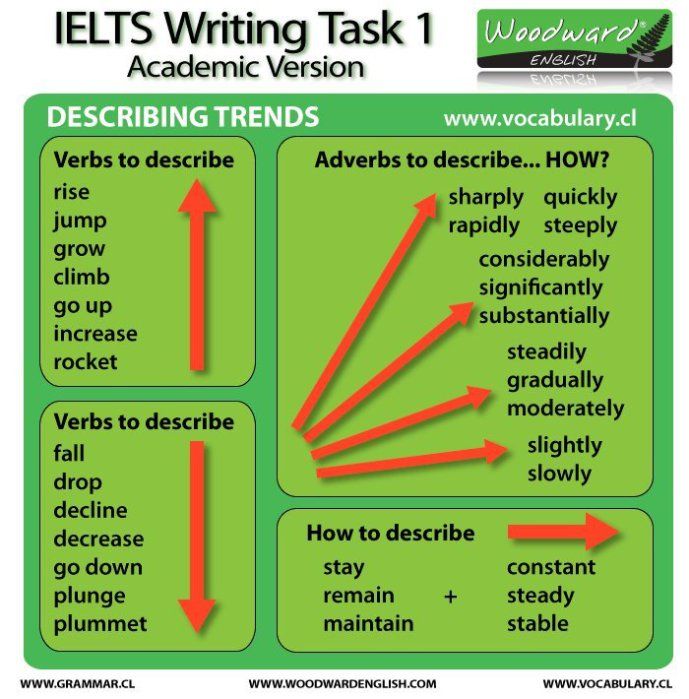
___________________________________________________________________
Analysis of Grade 7 errors____ Teacher ____________
Total in the class ______, did the work____
At "5" - _____, at "4" - ______, at "3" - ______, "2" - ______

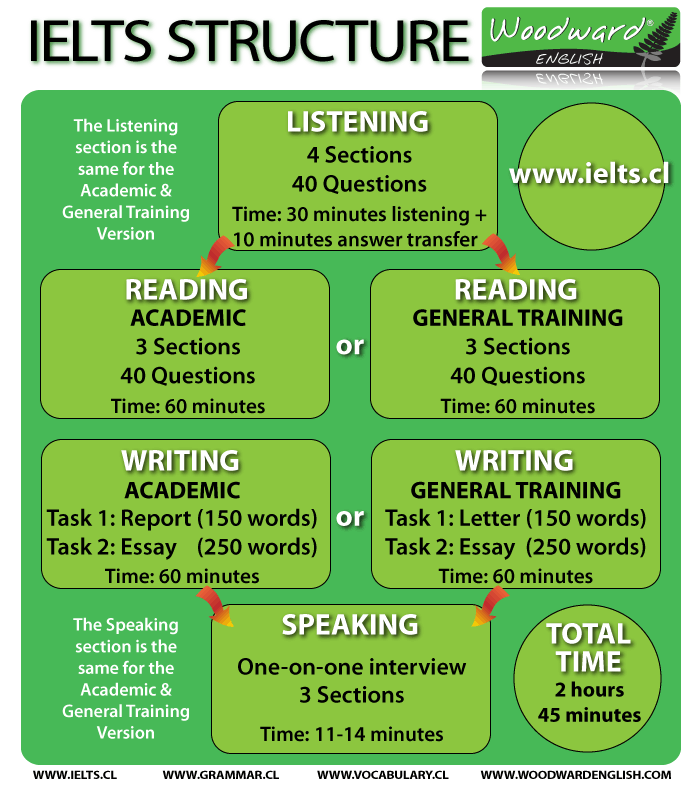

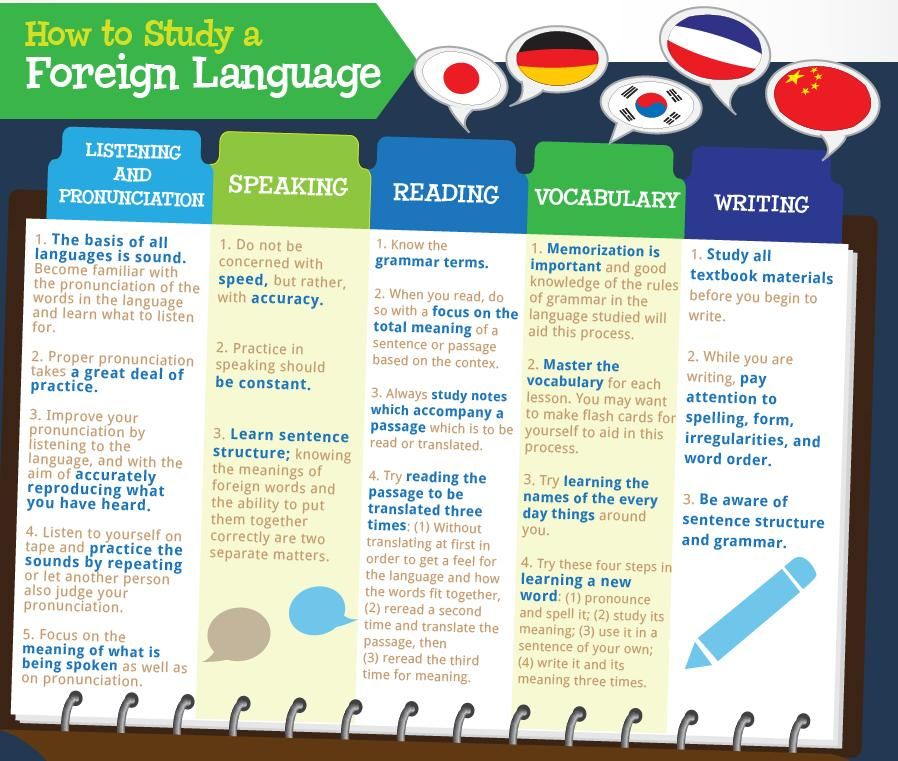

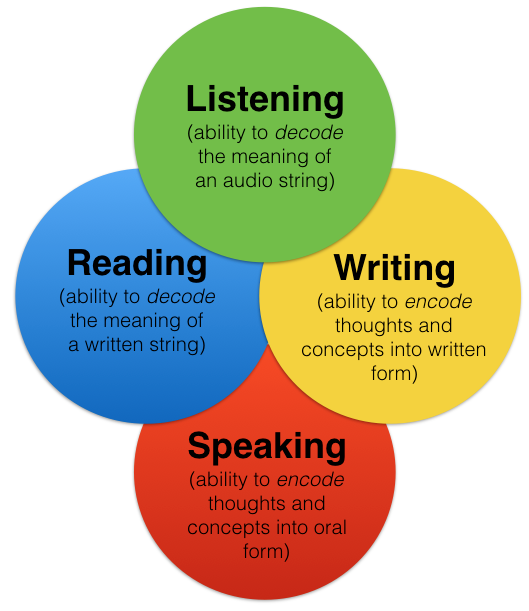
 Particular attention is drawn to the research methods developed in each of the applied areas. In many cases, examples of the use of applied methods and the results obtained are discussed. At the end of the textbook paragraphs, practical tasks are provided that allow you to apply the learned material in a specific problem area. In a separate chapter, the problems of mutual influence of theory and practice in the science of language are considered, as well as the prospects for the development of applied areas of linguistics. The textbook is intended for students and graduate students of departments of applied linguistics, philological faculties of universities, other higher educational institutions, as well as for all those interested in modern trends in the development of linguistics and its applications.
Particular attention is drawn to the research methods developed in each of the applied areas. In many cases, examples of the use of applied methods and the results obtained are discussed. At the end of the textbook paragraphs, practical tasks are provided that allow you to apply the learned material in a specific problem area. In a separate chapter, the problems of mutual influence of theory and practice in the science of language are considered, as well as the prospects for the development of applied areas of linguistics. The textbook is intended for students and graduate students of departments of applied linguistics, philological faculties of universities, other higher educational institutions, as well as for all those interested in modern trends in the development of linguistics and its applications. 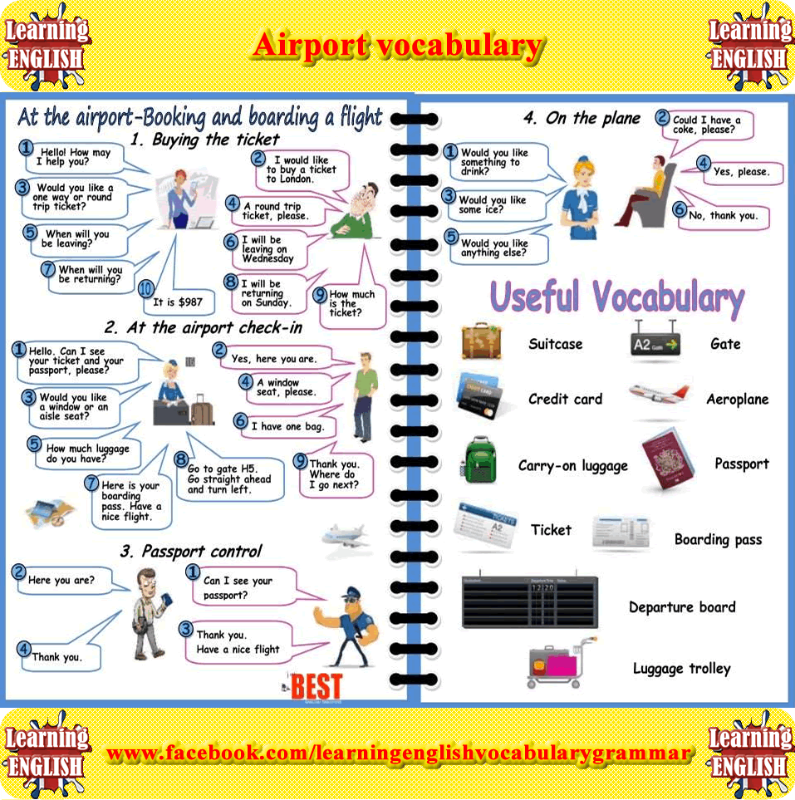 3. Some areas of computational linguistics
3. Some areas of computational linguistics  3. Institutional aspect of terminology and terminography
3. Institutional aspect of terminology and terminography 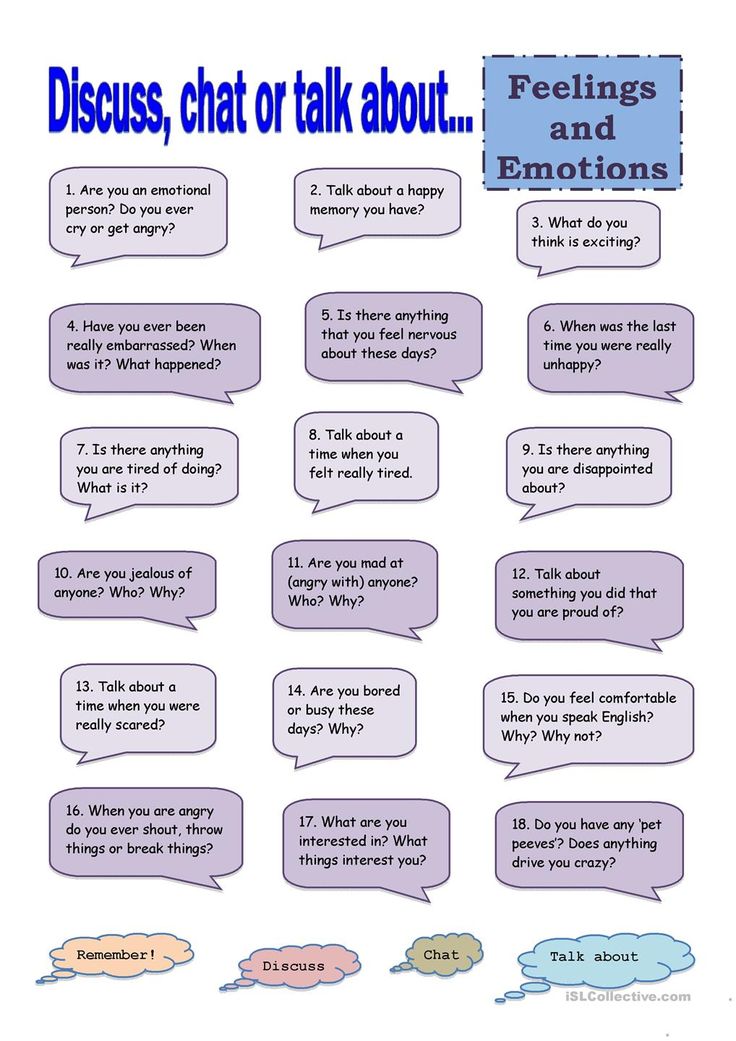 3.1.2. Semantics: grammatical differences
3.1.2. Semantics: grammatical differences 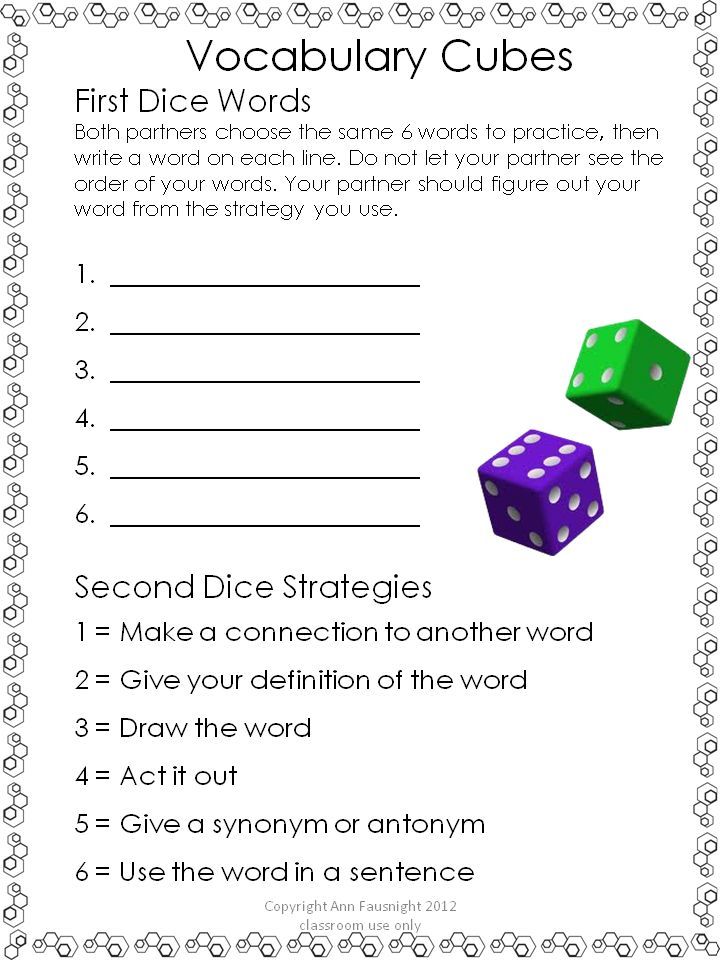 4.3. Machine translation: elements of systems typology
4.3. Machine translation: elements of systems typology 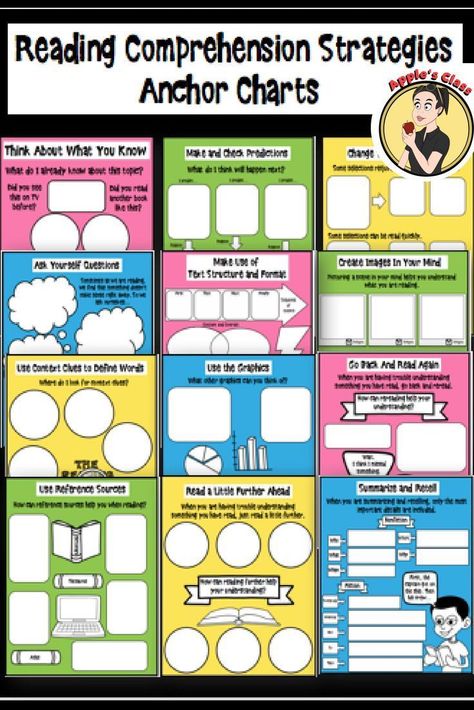 Optimization of the social function of language, the functioning of language as a means of influence
Optimization of the social function of language, the functioning of language as a means of influence 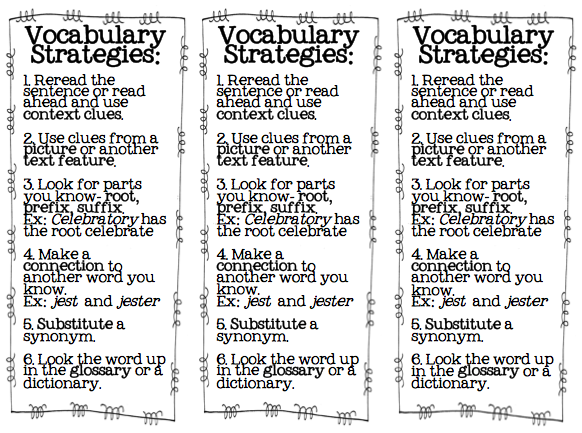 3. Postulates of NLP in relation to language: a linguist's point of view
3. Postulates of NLP in relation to language: a linguist's point of view 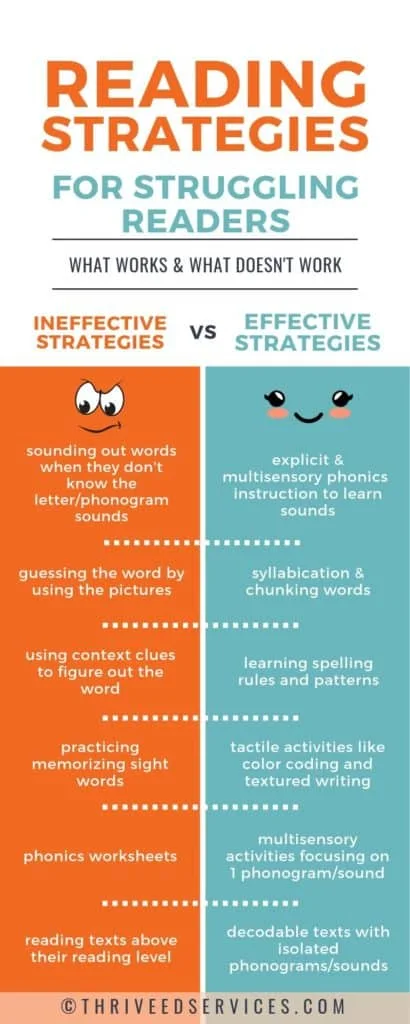 2.1. Heuristics about the primacy of the cognitive
2.1. Heuristics about the primacy of the cognitive  ..
.. 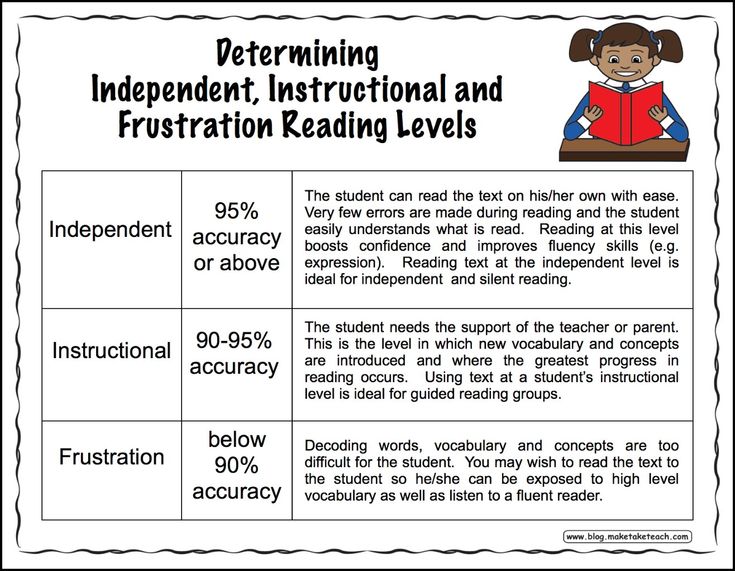 V. Serov, G. T. Sukhikh, I. I. Baranov, A. V. Pyregov , V. L. Tyutyunnik,...
V. Serov, G. T. Sukhikh, I. I. Baranov, A. V. Pyregov , V. L. Tyutyunnik,... 